What is Automated Mastering Software?
Quick Answer
Automated Mastering Software is in short, a computer program that uses algorithms to create a master of your music, ready for distribution. Automated Mastering Software is the foundation of any automated mastering service, and can be accessed online, usually for a small fee or a monthly subscription charge.
What is Automated Mastering Software in Detail
Over the past decade, services that were once solely interpersonal have become increasingly available online. This switch has affected almost every industry, including audio mastering.
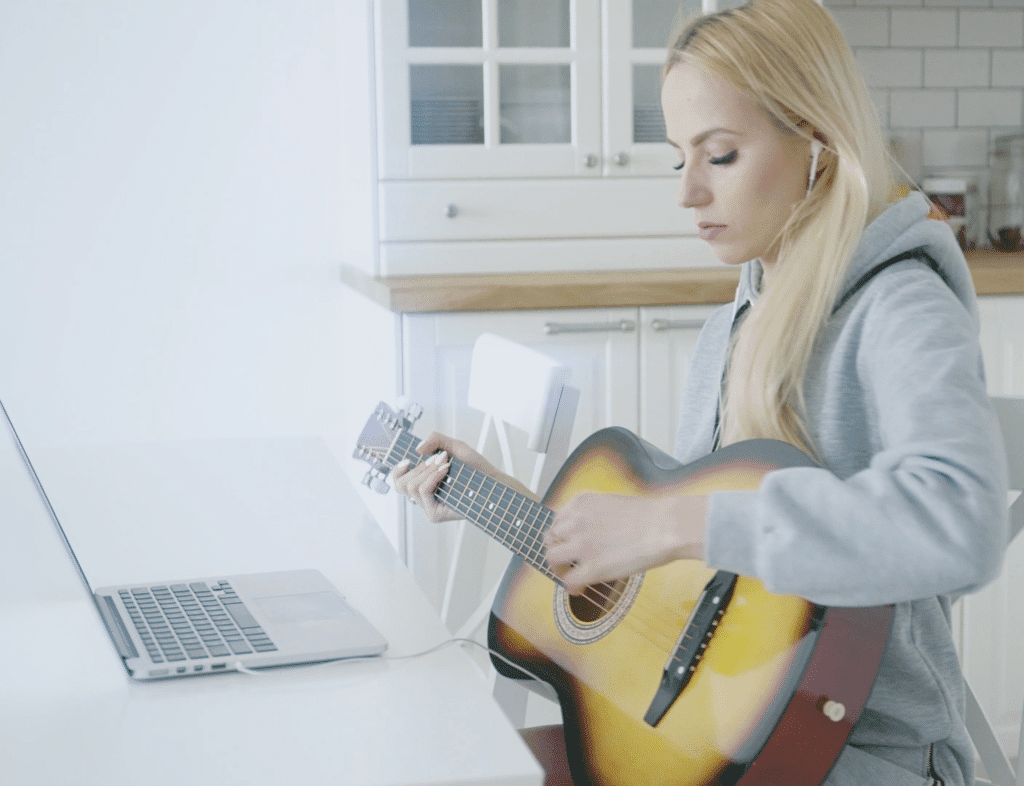
Automated mastering software allows musicians the ability to quickly get their tracks mastered.
Automated mastering, although in its initial stages, has become a popular and relatively affordable way for artists to hear their music mastered. For many, the simplicity of such services is enough of a reason to use automated mastering services instead of contacting and hiring an engineer.
For others, no matter how simplistic the process, automated mastering services simply don’t give them enough individualistic attention or the sound that they're looking for.

Automated mastering is an interesting and emerging field worthy of attention.
Whatever your stance on the matter may be,the notion of automated mastering services is interested and worthy of attention nonetheless.
With that in mind, let’s explore automated mastering services, how they work, and what the term automated mastering service actually means.
We’ll also consider whether or not an automated mastering service is more affordable than hiring an engineer.
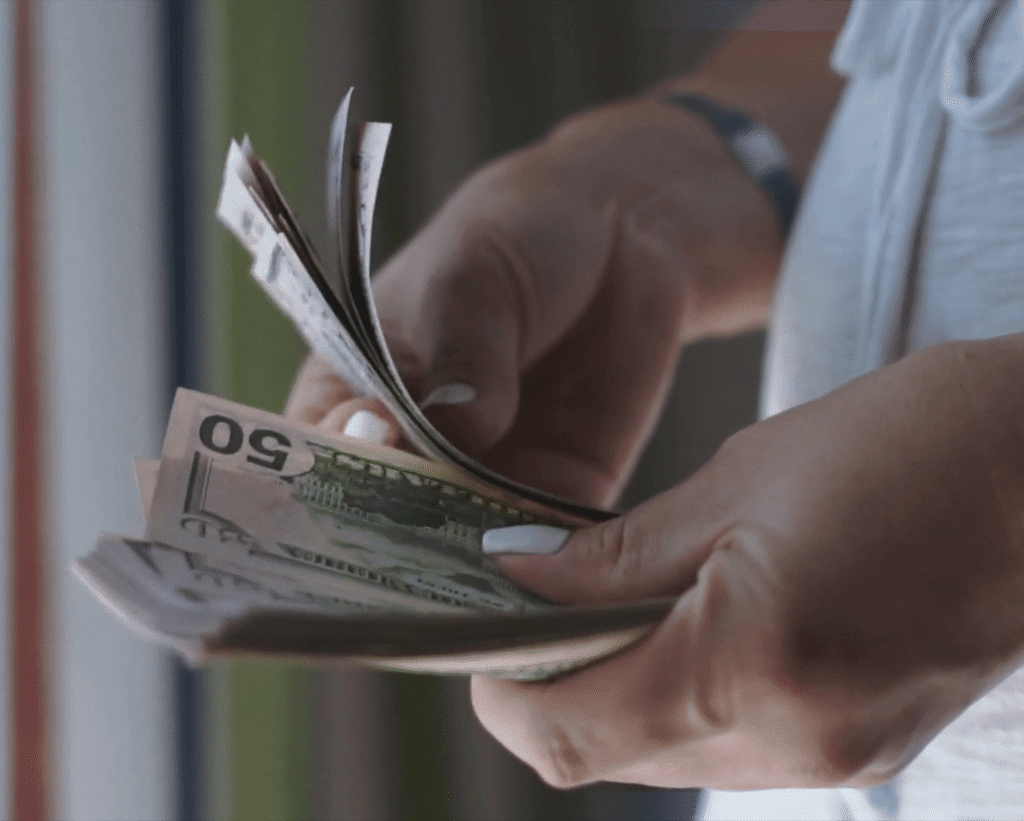
We'll discuss if automated mastering truly saves artists money during the mastering process.
Furthermore, I’ll share a personal story about automated mastering, and how certain circumstances showed how limited one automated service in particular was.
Lastly, we’ll consider the future of automated mastering services, and how they will most likely evolve into artificial intelligence or AI-based mastering services.
If you have a mix that you’re looking to have mastered, and you’re curious if you’d prefer traditional mastering or automated mastering, send us the mix here:
We’ll master it for you and send you a free mastered sample for you to review.
How do Automated Mastering Services Work?
Automated mastering services work by measuring various metrics of a recording, and then altering certain settings and aspects of that recording to fit within a predetermined framework. Automated mastering services will measure loudness, the frequency response, the stereo width, the amount of THD or total harmonic distortion, and others.

Automated mastering accounts for various variables and affects the signal according to its measurements of these variables.
To better understand this, let’s look at some examples.
Let’s say a mix has an integrated LUFS of -24. Also, let's say the automated mastering service has a preset target loudness of -12 LUFS.
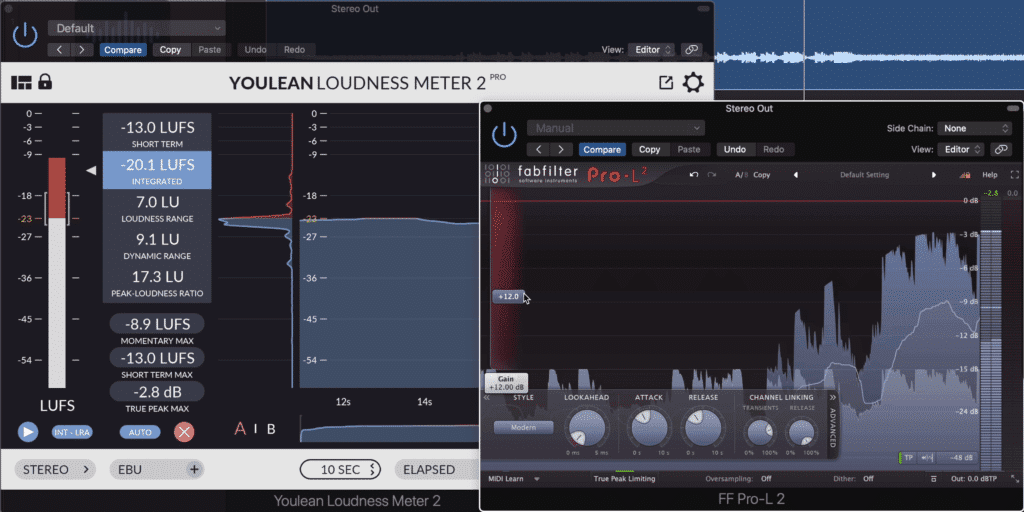
Notice that the limiter has increased the signal by 12dB of gain.
The service will use a limiter of some sort to increase the gain of the signal until the loudness in LUFS is -12 . In this instance, the limiter will apply roughly 12dB of gain.
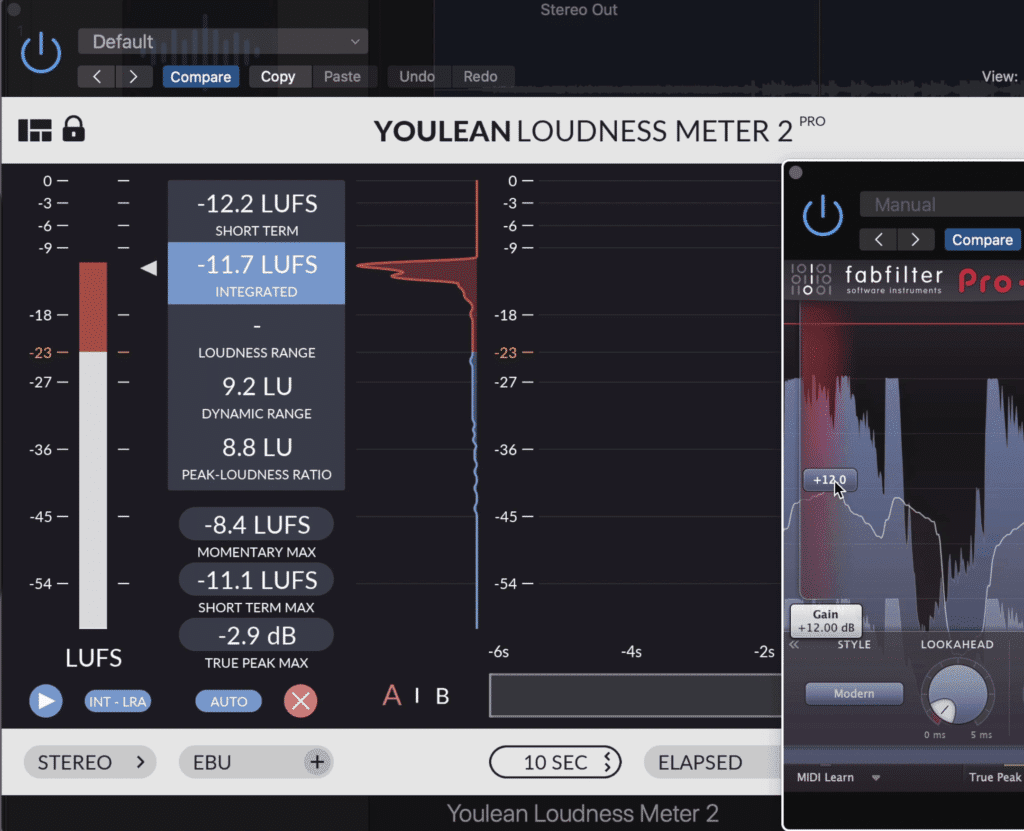
Notice that the LUFS has increased to the predetermined loudness of -12 LUFS. This is similar to how automated services measure and affect signals.
As you may have gathered, this is a similar process that streaming services use to normalize the loudness of tracks streamed through their services. The limiter that’s used will depend on the automated mastering service itself.
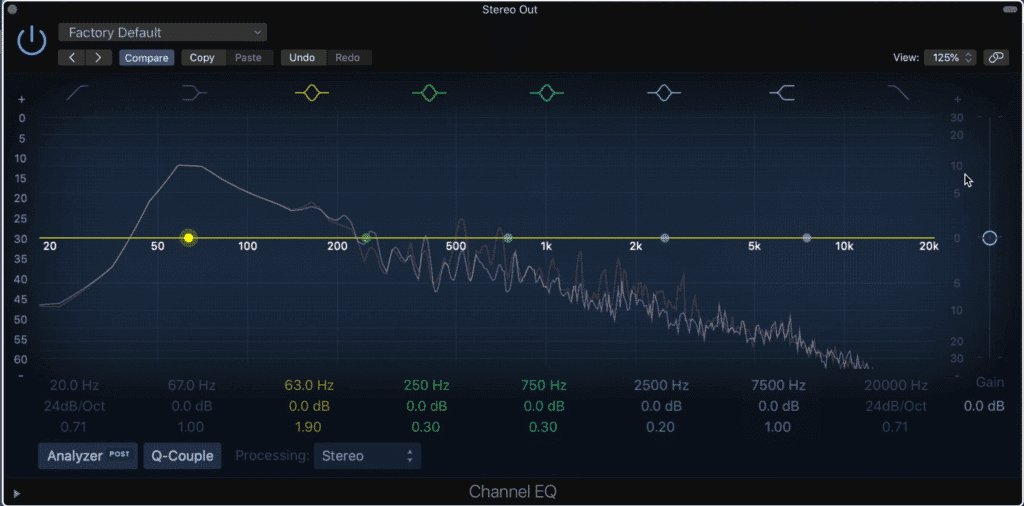
Notice that the low end's peak is measured at 10dB above zero to the right of the frequency analyzer.
Let's consider another example - let’s say that the low-range of the mix is peaking 10dB above 0dB on an equalizer’s frequency analyzer - but, the automated mastering service has a predetermined rule that states this particular frequency will peak at 13dB above its frequency analyzer’s 0dB metric.
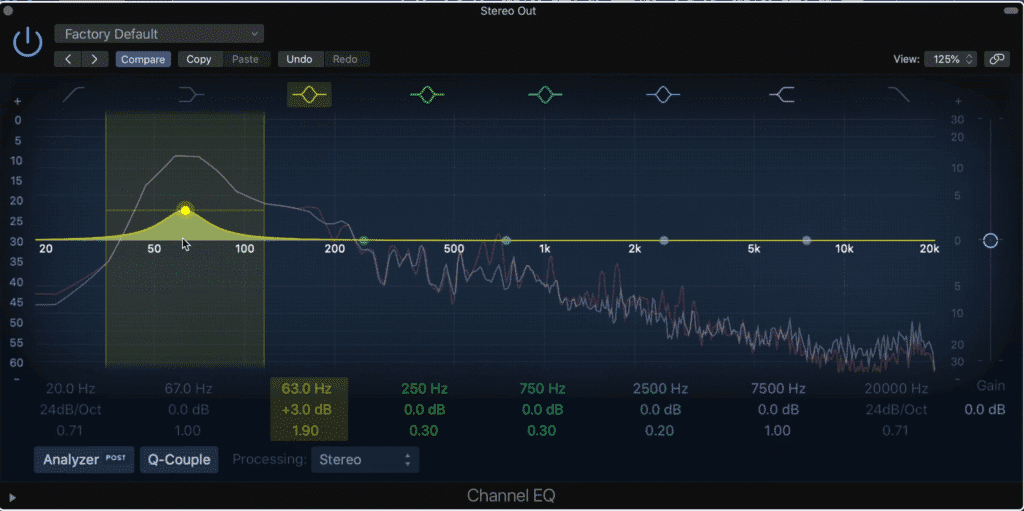
Notice that by increasing 3dB on those particular frequencies, they can now be at a predetermined 13dB above zero. Keep in mind these are only examples, meant to illustrate how these services operate, but not their actual settings.
In this instance, the service will turn that frequency up by 3dB using an equalizer.
Although these examples aren’t perfect, and may not represent the exact settings of any one automated mastering service, in particular, they do offer some insight as to the changes one of these services would make.
If you’d like to learn more about mastering, check out our blog post and video on the topic here:
It’s full of valuable information on the topic.
Is an Automated Mastering Service Algorithmic or AI-Based?
Although most automated mastering services are algorithmic in nature, this doesn’t mean that they cannot be created using artificial intelligence. Considering that automated mastering is still in its initial stages, most services will use simpler algorithmic technology - but AI mastering is becoming more of a possibility.
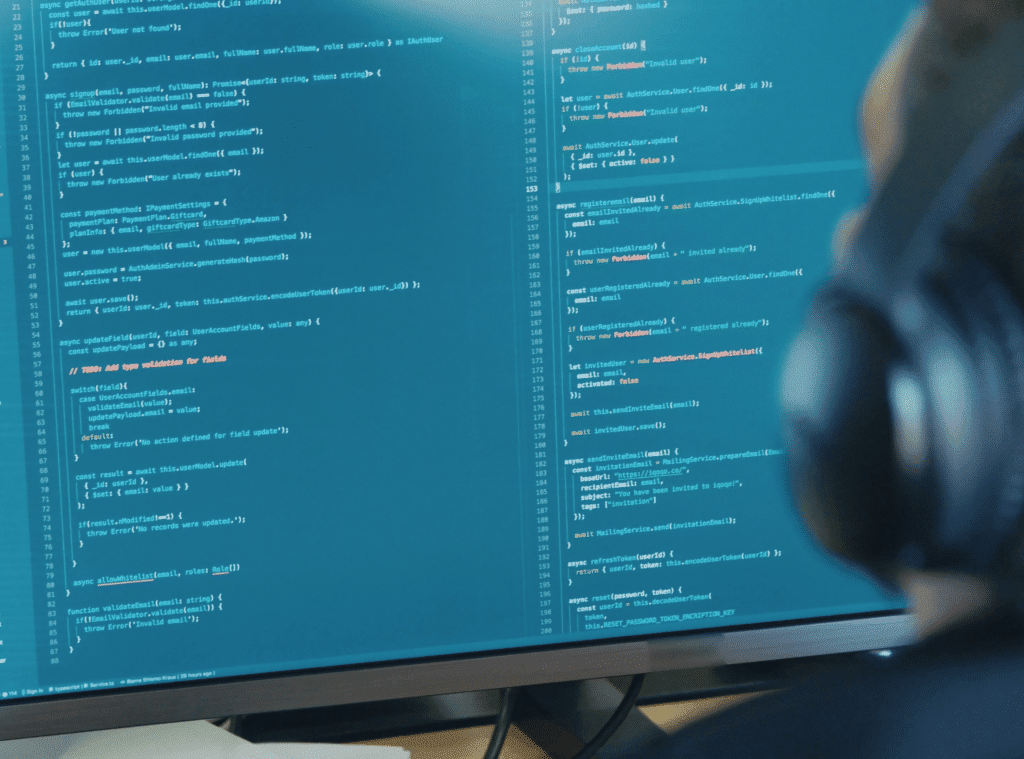
Automated mastering services are both algorithmic and AI-based.
With that said, it may be useful to define algorithmic, and AI or artificial intelligence to get a better understanding of the different types of automated mastering services.

AI automated mastering can account for more variables in the long run.
What is Algorithmic Mastering?
Algorithmic mastering is a more common form of automated mastering, and it created using software that has a predetermined set of rules which cannot be altered without further input. Algorithmic mastering is by its nature, limited in its ability to respond to unique variables outside of its coding.

Algorithmic mastering can only affect parameters of a mix that it has been coded to look for and affect.
Algorithmic mastering is very similar in nature to the example provided above - in that predetermined rules dictate the outcome of the master. Any variables that are not accounted for in the coding cannot be individually addressed.
So for example, let’s say that an algorithmic mastering service hasn't been coded to account for the stereo width of a master. Although this most likely wouldn’t be the case, let’s just say this it is.
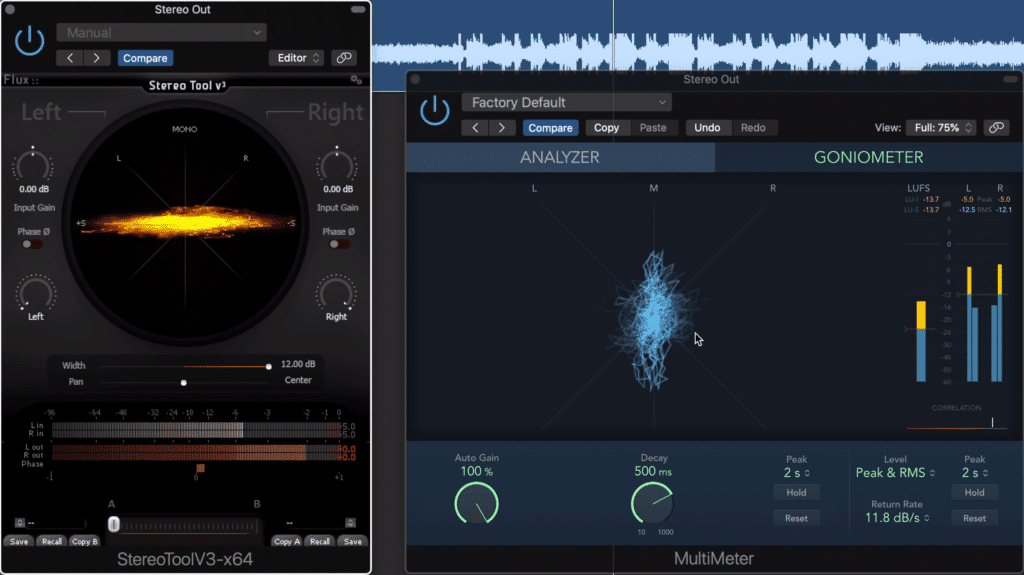
For example, if the program could not measure the stereo-width, this width couldn't be purposefully affected.
If this was the case, the stereo image of the mix could not be altered - at least not in a way that is intentional.
With that said, a mix with an excessively wide image -one that a mastering engineer would seek to control and make more focused , would most likely become exacerbated by an algorithmic mastering service.
Although algorithmic mastering services do seem to be getting better, they are limited by the number of variables that they can account for and control.

Ideally, algorithmic mastering services could account for thousands of variables, and affect the mix based on these variables.
Ideally, an algorithmic mastering service could account for thousands of variables and respond in a manner that accurately and effectively remedies any situations.
But the amount of time it would take to code in these variables , and the foresight it would take to ensure that any processing performed didn’t negatively impact another form of processing makes the software difficult to create.
The odds are, if you’re using an algorithmic mastering service, your mix is only being measured and affected based on 100 or so variables, and that may be generous.
What is AI-based Mastering?
Artificial Intelligence or AI-based mastering is the process of using an intelligent program to master a track - the decisions made by this program will be based on previous mastering sessions and the positive or negative feedback it receives. Currently, AI mastering has greater potential than algorithmic mastering.

AI is a form of software that can learn over time and form new connections and patterns with data.
What’s great about AI-mastering is that it isn’t limited by rules or the number of variables it has been coded to look for.
Although these structures may be put in place at first, what’s fascinating about AI is its ability to work through problems in a multitude of ways , in turn learning the best, quickest, or most well-received way of performing a certain task.

AI Mastering may not sound the best at first, but given enough time, it will learn how to master a mix in a multitude of ways.
When an AI-based software is used to master a track, it may not sound the best at first.
At first, it may only know how to respond to certain inputs in a few hundred ways - but given enough time and experience, the AI will be able to internalize enough information to master the track adequately no matter the situation.
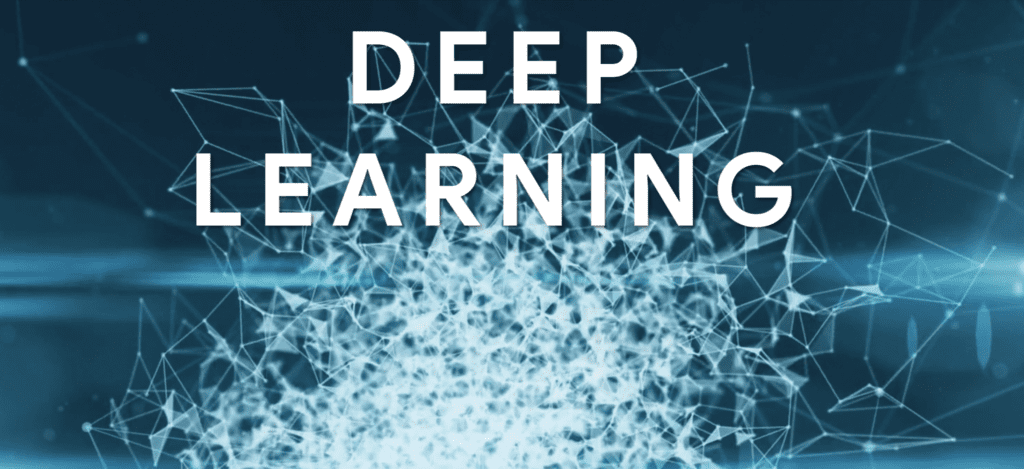
AI mastering uses a method of AI learning called Deep Learning.
This type of artificial intelligence is referred to as “Deep Learning.” Deep learning incorporates layers of information that can be combined into a multitude of patterns by the software, resulting in a multitude of ways to conceptualize information or solve problems.
I’m definitely no expert in the field - nor do I completely understand even some of the more basic and fundamental aspects of deep learning or AI - but, the just of it is: AI-based mastering will allow for more complex automated mastering services.
Once the technology becomes more common, you’ll be able to send your mixes to renowned AI-mastering “engineers,” each with a unique style and means of “problem-solving,” or in this case mastering.
With that said, the future of automated mastering services seems to be in the hands of Artificial intelligence developers.
Are Automated Mastering Services more Affordable than Studio Mastering Services?
Yes and no - automated mastering services can often charge less per song, but many require a subscription to use their services which can add up over time. How much these services truly cost depends on how many songs you intend to get mastered, and how long you keep your subscription.

Most automated mastering services cost $39 per month.
Most automated mastering services cost$39 per month - that is unless you subscribe for the full year, which would reduce the price to roughly $300 annually, or $25 a month.

Typically, users of online mastering assume that the services are cheaper than traditional mastering.
At first, this sounds great, but when you consider how much you intend to have mastered, your money not go as far as you thought it would.
If you chose the yearly plan and had a total of 15 tracks mastered , that’s a pretty good deal. You’ve essentially paid $20 a master. Granted, you aren’t receiving any potentially helpful insight or conversation about your mixes that could in turn make the final product better - but you do receive your masters nonetheless.

The more you have mastered, the better deal you get from one of these services.
But what if you choose the yearly plan and only master 5 tracks during the year? In this instance, you’d pay roughly $60 a master, and still not receive any of the additional benefits that hiring a mastering engineer would provide.
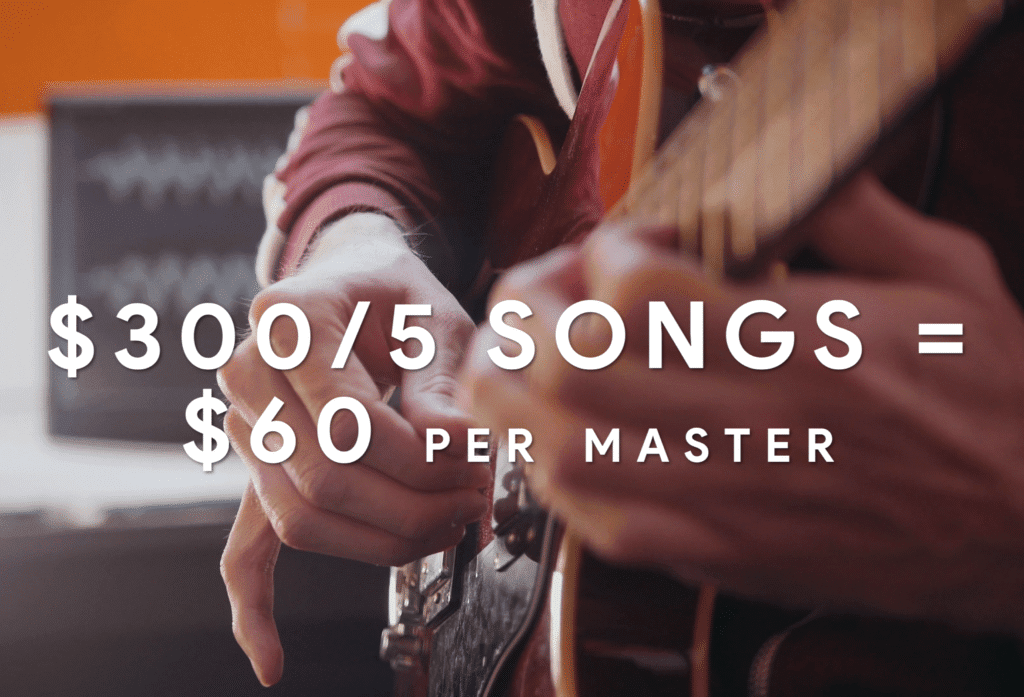
If you didn't finish as many songs as you would've liked, you're spending more money on mastering than you would have with a professional mastering engineer.
In this example, you’d be paying more than for most professional mastering services.
With that said, how would you get the best deal from one of these services?
If you’re an independent artist looking for a mastering studio, but you’re not sure what to look for, check out our blog post and video full of pointers:
How to Get the Best Deal from an Automated Mastering Service
To get the best deal from an automated mastering service, have all of your mixes finished prior to mastering, and then have them mastered by the service all at once. You can purchase a monthly subscription, master your tracks, and then cancel that subscription, in turn paying less per master.

To get the best deal from an automated mastering service, have your mixes ready ahead of time, and get them mastered within a single month.
Although this practice isn’t considered the best or perhaps the most ethical, it is nonetheless completely within the guidelines of your agreement with one of these services.
A Personal Story about Automated Mastering
Recently a friend of mine reached out with some questions about mastering, and to ask if a new master of his was ready for distribution.
When listening to the master, it didn’t take long before I noticed a few issues - the first being a lack of focus in the low-frequency range , the second being a lack of fullness despite how loudly the track was mastered.
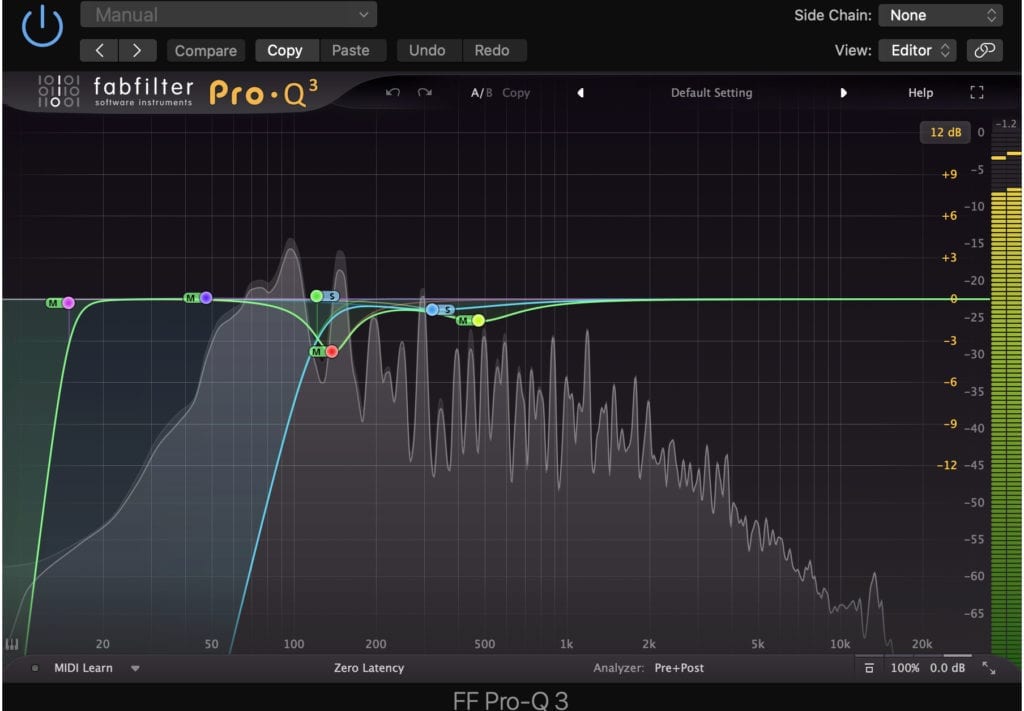
These are some of the major changes I had to make to reverse the damage done by an algorithmic automated mastering service.
Lastly, the dynamics seemed lacking, as if the track was pushed into a limiter without any sense of restraint.
Assuming that my friend had done the master himself, and not wanting to be impolite or discouraging in any way, I offered some constructive thoughts on it - but also performed a quick remaster to show what could be fixed with the low-frequency range and dynamics.
I primarily performed some mid-side equalization to clean up the low-end, some expansion to restore dynamics, used some harmonic distortion to create a fuller sound, and used limiting tailored to create a punchy and dynamic sound.
It wasn’t until I sent him the revised demo-master that I found out he had used a very popular automated mastering service (I won’t say which one).
Although I had expected these services to not account for certain issues in a mix, I never thought these mastering services would exacerbate certain issues to such a degree.

The lows to low-mids were much louder than they should be, causing severe masking in those areas.
One would think that a variable would be coded into the software which would account for excessive low frequencies in the side-image; however, this service seemed to widen these frequencies - causing an even less-defined side image.
Furthermore, instead of introducing limiting that still retained dynamics, the service to completely disregard dynamic and transient retention in lieu of a greater overall loudness.
Perhaps this is the biggest difference between these services and an actual engineer. Whereas one has preset rules that can often make issues worse (similar to a “wider is better” mentality) a real engineer is able to adapt given the circumstances.
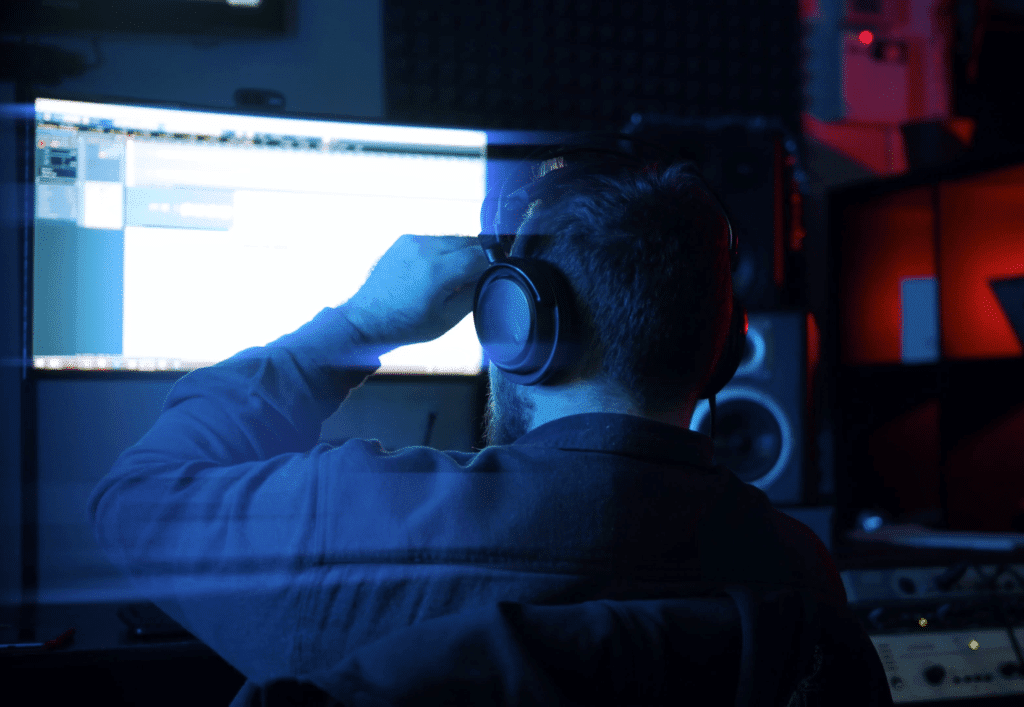
In this example, an automated service couldn't fix what an engineer could have heard right away.
The quick remaster I created was no doubt more narrow than the automated mastering service's master, but it sounded more balanced, defined, and impressive. To be honest, this remaster didn’t sound great, but when compared to the one created by the automated service, it made a noticeable difference.
All this to say that if a quick remaster by an engineer can outperform an automated mastering service, it seems that there is still a lot to be desired from these services.
This isn’t to say that automated mastering services sound bad by-and-large - many masters from automated services sound great!
However, in this particular instance, an automated service was unable to detect what an engineer could.
This brings us back to the idea of algorithmic services vs. AI-based services, and how these services will play out in the not so distant future.
What is the Future of Automated Mastering Software?
Automated mastering software will no doubt become more complex in the near future - more in-depth coding and greater attention to nuanced variables will be needed before the service compares to mastering performed by professionals. Additionally, AI-based mastering will most likely become the more popular option.
As we’ve discussed briefly before, algorithmic mastering is limited to the number of variables it can account for. This, at least currently, severely inhibits the software from creating a complex master.
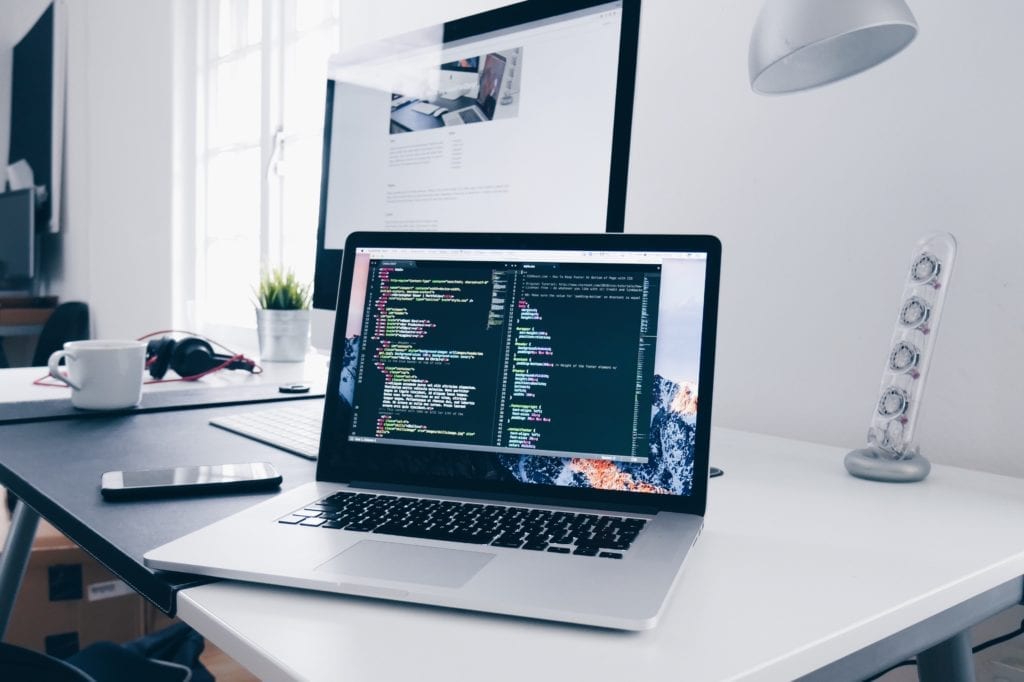
The future of algorithmic mastering services is more complex code that can more adequately identify unique and nuanced issues in a mix
Additionally, the software is almost incapable of addressing particular issues with a mix, that any engineer would be capable of handling.
With that said, we can expect the coding used to create algorithmic-based mastering to become more complex and to be built upon and improved with time. Again, the more variables these algorithms can account for, the more problems can be addressed, and the better the master will ultimately sound.
Furthermore, AI-based mastering will most likely become a more popular form of automated mastering . The reason being, AI software that incorporates deep learning, or other forms of AI learning will be able to more quickly adapt to new information.
This means that mastering for new genres, styles, mediums, and listener expectations will be a quicker process than for algorithmic-based mastering services. Interestingly, AI mastering creates the possibility for highly stylized mastering, or in other words, mastering styles that are indicative of a particular AI.

The future of AI mastering is most likely the creation of notable programs. Perhaps there will be a Sterling Sound AI or a Sage Audio AI that artists can use to have their songs mastered.
With that said, instead of Bob Ludwig, Bob Katz, or another talented engineer being sought after, a particular AI will become renowned and sought after for its unique sound.
Conclusion
Automated mastering software is definitely in its infancy. The more we become accustomed to the technology, and the more ways we understand to code software in a complex and nuanced manner, the better this technology will become.
Although the services available may not sound perfect yet, neither did the practice of mastering when it first started. Just like how the art and vocation of mastering have grown, so to will the technology behind online and automated mastering services.
As AI-based mastering becomes more readily available, and algorithmic mastering becomes more complex and detailed, we can expect to hear some great sounding masters come from the software.
In the meantime, if you’d like to hear your mix mastered by a professional, send it to us here:
We’ll master it for you and send you a free sample for you to review.
Have you used an Automated Mastering Software before?




